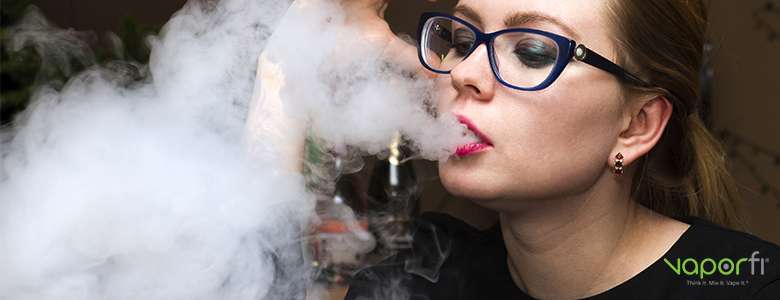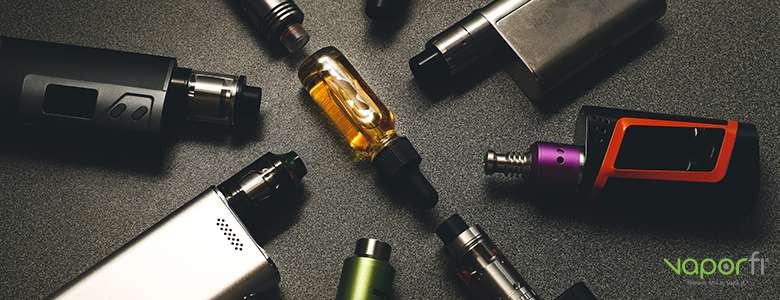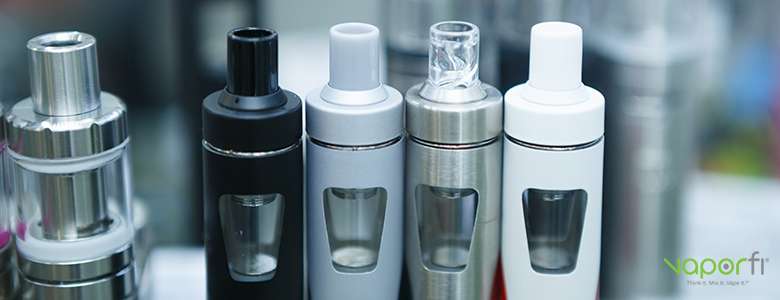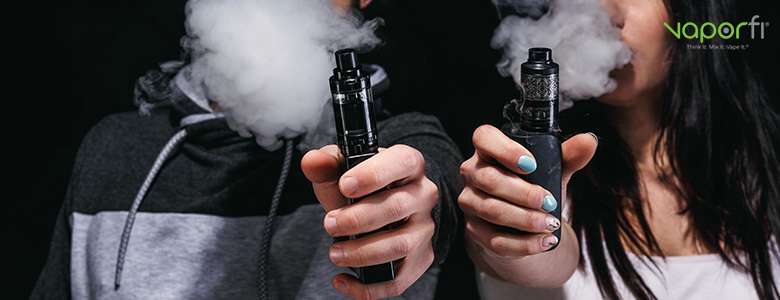
Learning more about any vape devices you own is never a bad thing, especially when they’re such a big part of your everyday life. It’s likely that your vaporizer is by your side nine times out of ten, and an important part of your daily routine – so why not learn more about how it functions? Not only will learning more about the inner workings of your vape give you a leg up when it comes to making repairs, but it can also allow you to build enough expertise to have fun customizing your vaping experience.
Your coil choice can play a significant part in the flavor quality of your vape, and each coil material has its strengths and weaknesses. When you’re using SMOK coils, you’re working with a brand that’s famous for providing users with a full range of options, allowing you to take your vaping experience in whatever direction you want.
SMOK coils, like the top-selling TFV8 replacement coils and Baby Beast replacement vape coils, are highly-rated in terms of performance and construction. The SMOK brand has also created tanks with rebuildable atomizers, like the TFV12 Cloud Beast King Sub Ohm Tank, opening the door to selecting your own RBA coil material.
But before you make a decision in regards to your coils, it’s important to understand what they’re made out of and what the available options are. By learning more about coil materials and construction, you’ll be better prepared to choose a route that maximizes your vaping experience.

What Material is Used in SMOK Coils?
Most SMOK coils are made using a material called Kanthal. However, for vapers that want to use other materials such as nickel or titanium, they do offer RBA units for their tanks.
One of the biggest benefits of Kanthal is that its highly durable and can withstand high temperatures. This is a big draw for SMOK brand loyalists, because it means that you won’t have to deal with coil replacement as often as you might with other wire materials. It’s versatile, which makes it a good default option for devices that cater to a range of vaping styles.
Another benefit of Kanthal is that it’s affordable, so it keeps product prices down. You may notice that SMOK replacement coils are fairly inexpensive, which is largely due to the lower cost of the raw materials. SMOK is able to pass that savings on to you, in contrast to other coil materials that would result in a higher sticker price.
Kanthal is very user-friendly but doesn’t necessarily offer the same flavor enhancing properties as other wire materials. So, if you’re ready to take the leap to the next level of vaping, you might want to consider some DIY options.

Do SMOK Coils Use Temperature-Control Wires?
If you have an older SMOK device like the TFV4 tank, you may be aware that it uses some temperature control coils. However, newer models do not require these special coils. Making the upgrade to a newer SMOK device is always an option if you want to move on from temperature-control coil wires.

Building Your Own Coils
Many experienced vapers swear by building their own coils, and it can be a fun way to learn more about how to calibrate your vape experience. SMOK has created several RBA options including the TFV12 RBA deck, and the Turbo RBA head included with the full-size SMOK TFV8. Coiling an RBA is a precise but fairly straightforward process and can be a rewarding task.
If you’re considering building your own coils, you have a few different materials to learn about in addition to the classic Kanthal. As most experienced DIY vapers will tell you, starting with Kanthal is your best option, because it is the easiest materials to work with. Its excellent elasticity makes it simple to twist and braid, and its affordability means you won’t go broke learning your technique. If you’re a beginner builder, get a few feet of Kanthal wire to practice with first before moving on to other materials.
Once you’ve got the hang of coiling, you can experiment with pairing other coil materials:
- Nichrome wire is the next level up from Kanthal, and is very easy to twist and wrap. It’s less elastic, so that can be tricky for some people. Because Nichrome heats up much faster, you’ll enjoy more flavor and vapor with a shorter wait time after pushing your firing button.
- Nickel wire is the fastest-heating material, with near zero resistance and high sensitivity. However, this combined with its high pliability means it can melt when used at a high wattage, so it’s often combined with Kanthal or Nichrome.
- Titanium wire is the most popular wire type for DIY vapers, because it heats and cools quickly. It’s also known for maximizing flavor, enhancing a variety of vape juice flavor profiles.
- Stainless steel wire reportedly adds a crisp edge to vapor flavor, and it has a high level of durability, making it another popular option.
Find out what material is used when making SMOK Coils:
Learning More About Coils
Whether you’re planning to stick with your tried-and-true coils or experiment with your own, take the time to continue the learning process. Experimenting with your SMOK mod and its capabilities is a fun experience that puts you in control of your vape experience.





